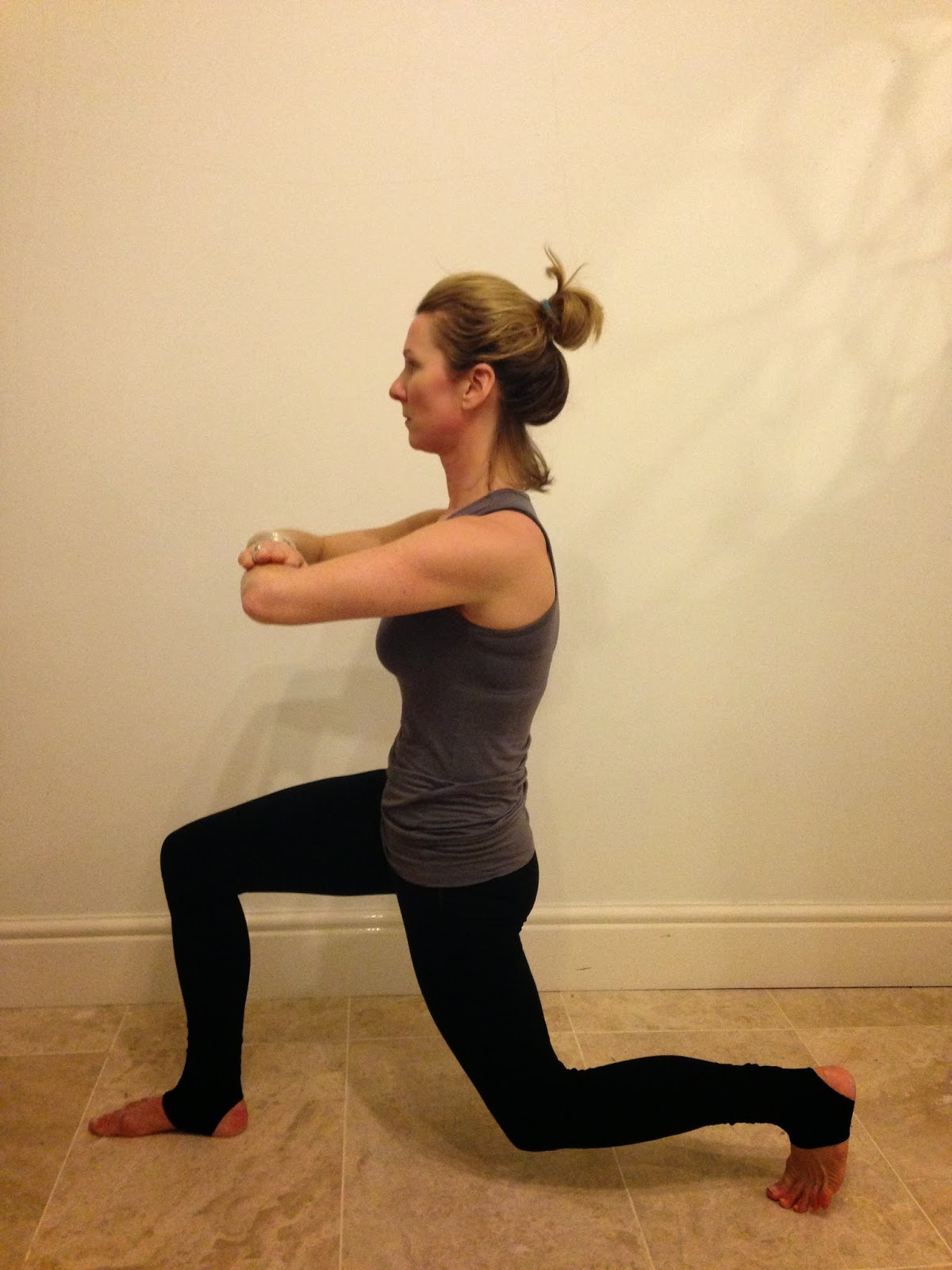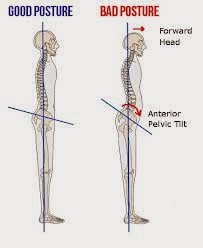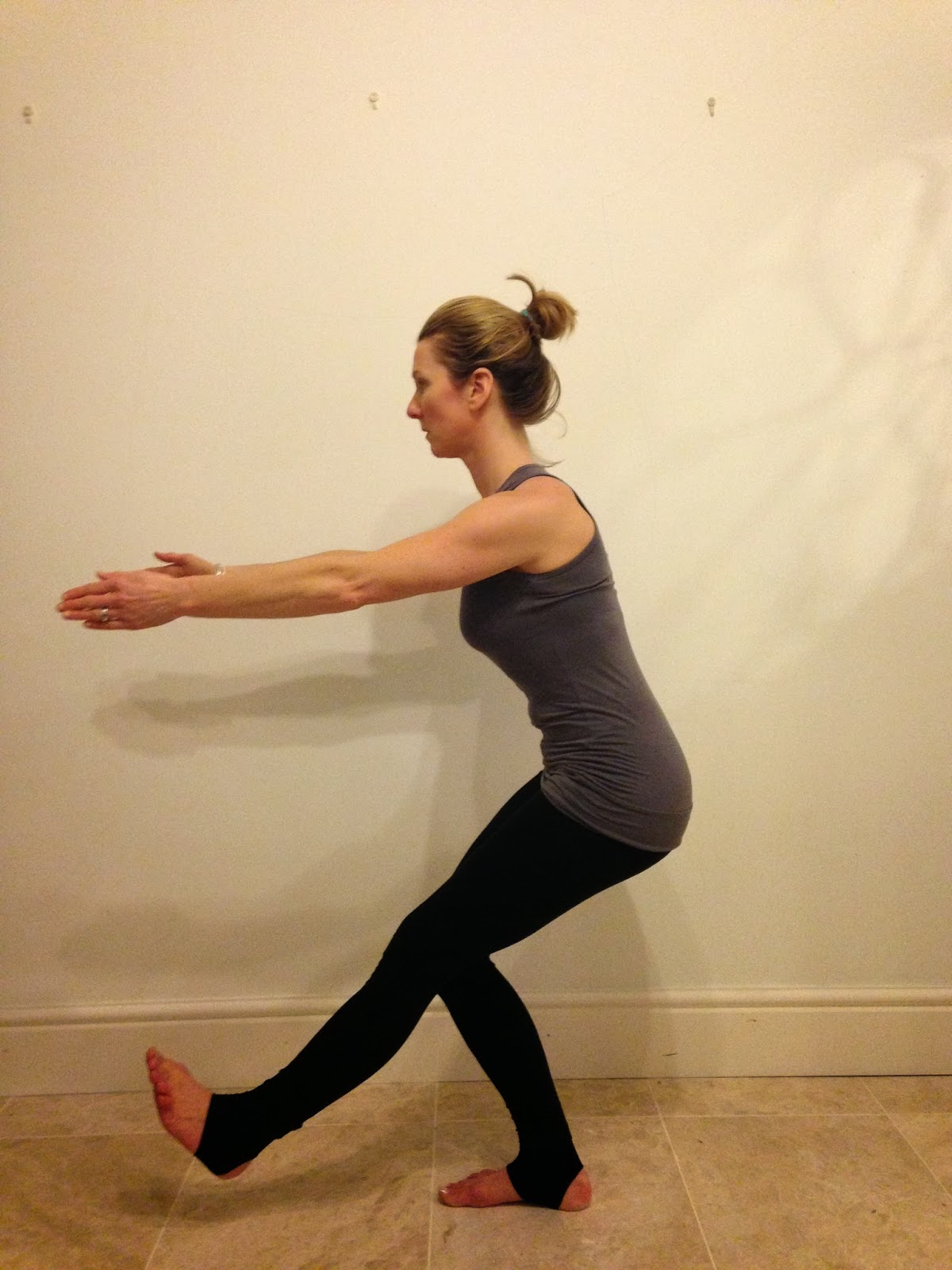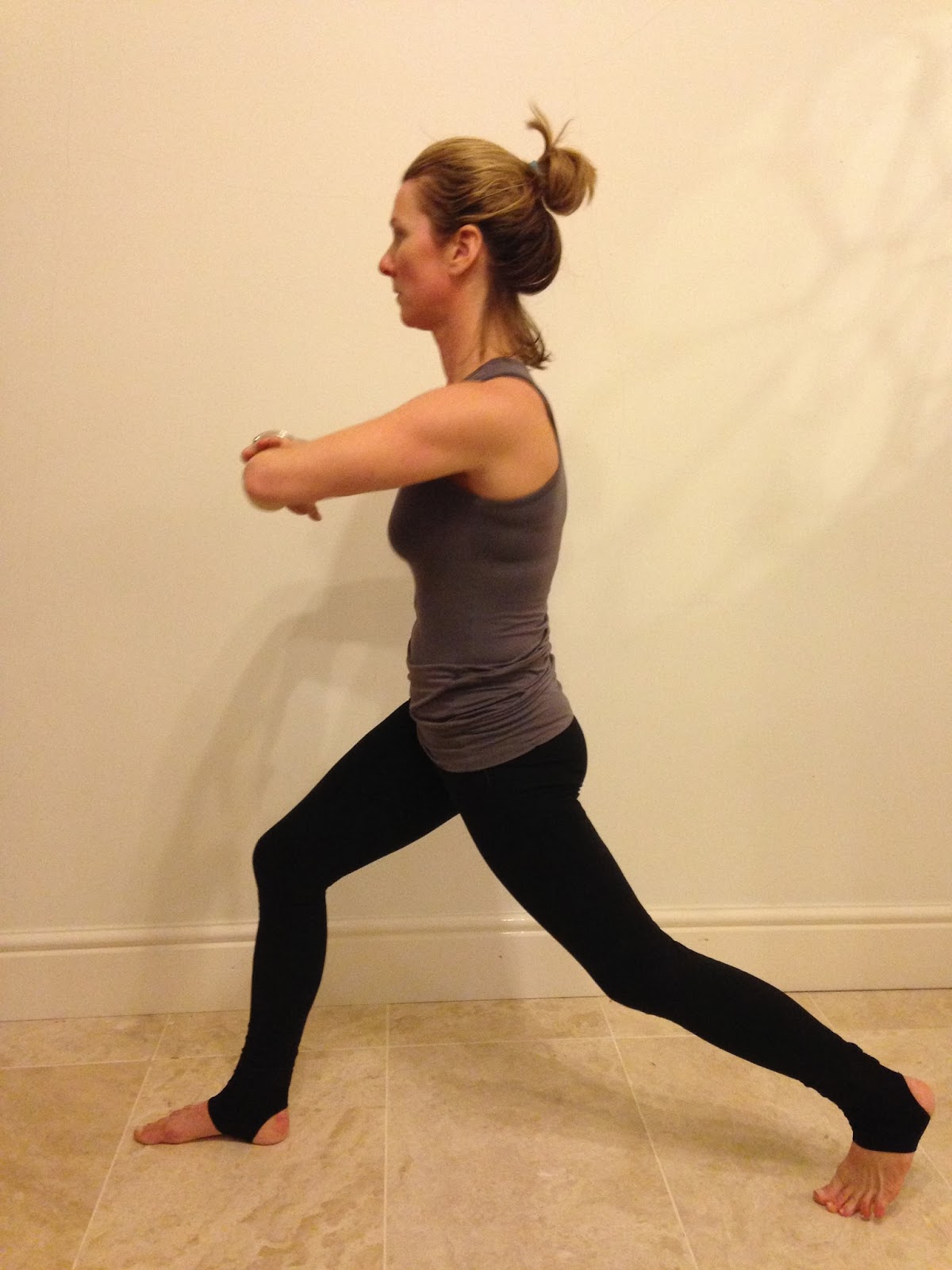When teaching yoga and Pilates, it is evident how common gluteal (glute) weakness is. The glute (buttock) muscles are the big ‘powerhouse’ muscles, which hold your pelvis level and steady and also generate power when extending the hip – taking the leg behind the mid line of the body. Lack of glute strength can cause back pain and overuse injuries in other muscles such as the quadriceps and hamstrings, which is common in runners.
Get the mind-muscle connection by lifting the gluteal fold (the creases under the buttocks) and gently squeezing the glutes. Imagine you are holding a 10p between you buttocks. Gently sending the tailbone to the floor will also help activate the gluteus.
Tight hip flexors may inhibit the activation of the glutes, so hip flexor lengthening is also important.
Single leg squats/Uktanasana
Maintain a neutral posture throughout the movement. Gently tuck the tailbone under and activate the abdominal muscles. Not so far that you take the spine into a posterior tilt (excessively rounding the lower back).
Until your balance can be maintained you can perform this exercise with both feet on the ground or doing single leg squats using the wall for support.
Single leg lifts
Gently send the pubic bone to the floor and lift the area between the pubic bone and the belly button away from the floor to activate the abdominal muscles. This will also help activate the glutes and support the spine. Exhale and lift and extend one leg. If you feel this more in your hamstrings, you are overusing these muscles and not the glutes. Don’t lift as high and focus in engaging the glutes before you lift the leg. This is also the case if you feel it in the lower back.
As strength in the gluteus develops, gradually progress on to double leg lift
Virabadrasana 3 (Warrior 3)
From a standing position, start to extend one leg behind and shift your weight forward. Maintain glute connection and neutral pelvis throughout the movement. Try to focus on dropping the hip on the extended leg and lifting the hip of the supporting leg. This will help maintain a neutral pelvis. If this posture is too challenging for balance, adopt a more supported position by holding onto the back of a chair.
Start in a kneeling position. Maintain control and stability of the pelvis throughout the movement. Lift and extend one leg by activating the glutes. Try to complete 8-10 lifts on each leg.
Lunges
 Start in a neutral pelvis position. Tuck the tailbone under and shorten the pace between the ribs and the hips to activate the abs and glutes, and lengthen the hip flexors.
Start in a neutral pelvis position. Tuck the tailbone under and shorten the pace between the ribs and the hips to activate the abs and glutes, and lengthen the hip flexors.Runners you may also want to check out this this link for glute strengthening tests.




